43 energy on food labels
How to Calculate Energy From Foods | livestrong Step 1 Multiply grams of carbohydrate in the food by 4 calories per gram. A calorie is a unit of how much energy is in a given amount of food, also called a kcal. Regardless of whether the carbohydrate in food is sugar or starch, all carbohydrates provide the body with 4 calories/gram, explains Dr. Lauralee Sherwood in her book "Human Physiology." Energy Drink Labels Sometimes Misleading - LHSFNA Even with the lawsuits and legal fees, the energy drink market has been very profitable with the two leaders alone (Red Bull and Monster) raking in a whopping $746 million in net profits for 2012. If you read food labels, you may have noticed some differences in energy drink labeling. Some energy drink manufacturers use "Supplement Facts ...
How to Understand and Use the Nutrition Facts Label | FDA - U.S. Food ... That is two times the calories and nutrients shown in the sample label, so you would need to double the nutrient and calorie amounts, as well as the %DVs, to see what you are getting in two...

Energy on food labels
Food Labeling & Nutrition | FDA Food labeling is required for most prepared foods, such as breads, cereals, canned and frozen foods, snacks, desserts, drinks, etc. Nutrition labeling for raw produce (fruits and vegetables)... Understanding food labels: portions, energy | Health24 When next you look at a food label that says 'low in energy', first check the label to see how much energy it really contains. That energy bar we were discussing earlier may contain as much as 500kJ per 50g portion (which means it contains 1000kJ per 100g). Therefore, it is anything but 'low in energy'. Energy content of slimming products Food labels: a guide to reading nutrition labels - MyDr.com.au The nutrition label displays the quantity of energy (measured in kilojoules) found in a serving and in 100 grams (or 100 millilitres if liquid) of the product. However, there are no standards for serving sizes and they are decided by the manufacturer.
Energy on food labels. Food labels & nutritional information | Raising Children Network Things to look out for on food labels: energy, fat, sugar and salt Energy Energy is listed on the panel as kilojoules (kJ). Fats, protein and carbohydrates all provide your body with the energy or kilojoules you need to function and do your daily activities. Lecture 5 energy, food labels and energy needs during ... - SlideShare 17. THERMIC EFFECT OF FOOD Energy used to digest, absorb, and metabolize food nutrients "Sales tax" of total energy consumed ~5-10% above the total energy consumed TEF is higher for CHO and protein than fat Less energy is used to transfer dietary fat into adipose stores. 18. TECH207_Week 1_Tutorial_Food and energy_Food labels.pdf School of Arts (NSW) Discipline of Food Technology TECH207 Food and Society 1 TECH207 FOOD AND SOCIETY Week 1 Tutorial notes Food and energy; Food labels By the end of the session, you will be able to: i. List the main nutrients comprising foods. ii. Describe the energy value of macronutrients. iii. Understand food labels. iv. Perform basic calculations related to food technology. Food labels - NHS Most pre-packed foods have a nutrition label on the back or side of the packaging. These labels include information on energy in kilojoules (kJ) and kilocalories (kcal), usually referred to as calories. They also include information on fat, saturates (saturated fat), carbohydrate, sugars, protein and salt.
Understanding Food Labels - Nutrition: Science and Everyday Application ... The value printed on the Nutrition Facts panel is the percent DV, which tells you how much one serving of the food contributes towards meeting the daily requirement for that nutrient. The FDA uses the following definitions for interpreting the %DV on food labels:4. 5%DV or less means the food is low in a nutrient. How to understand food labels | Eat For Health The Nutrition Information Panel on a food label offers the simplest and easiest way to choose foods with less saturated fat, salt (sodium), added sugars and kilojoules, and more fibre. It can also be used to decide how large one serve of a food group choice or discretionary food would be and whether it's worth the kilojoules. What is food energy? - BBC Bitesize An older unit for measuring food energy is the kilocalorie, often just called calories. One calorie is 4.2 J. ... Nutrition labels found on packaged foods are calculated by food companies ... Labelling-Determination of the energy content of food How is energy content recorded on labels? In the UK and other member states of the European Union manufacturers of pre-packaged food must label the nutritional energy of their products in both kilocalories ("kcal") and kilojoules ("kJ"). The energy content of food is generally given for 100 g and for a typical serving size.
How Do They Calculate Calories on Food Labels? Additional research shows that energy values using traditional Atwater factors overestimate the energy value of almonds and pistachios by 32% and 5%, respectively. Our tips: We want to believe that the information on food labels is 100% accurate, but in reality, it is a compilation of best available data rounded to whole numbers. Food energy - Wikipedia Many governments require food manufacturers to label the energy content of their products, to help consumers control their energy intake. To facilitate evaluation by consumers, food energy values (and other nutritional properties) in package labels or tables are often quoted for convenient amounts of the food, rather than per gram or kilogram; such as in "calories per serving" or "kcal per 100 ... Food Labels: Calories VS Energy - Marci R.D. In case you haven't noticed, their food labels don't contain the word "calories." Instead, they use the word "energy." Every time I see that it brings a smile to face. In my opinion, the word calorie seems to possess a laundry list of negative associations. Count your calories Cut your calories Burn your calories Choose your calories wisely Calories on the New Nutrition Facts Label | FDA - U.S. Food and Drug ... 2,000 calories a day is used as a general guide for nutrition advice, but your calorie needs may be higher or lower depending on your age, sex, height, weight, and physical activity level. Eating ...
PDF Food Labeling Guide - Food and Drug Administration 4. table of contents 1. i ntroduction 4 2. b ackground 4 3. g eneral f ood l abeling r equirements 5 n ame of f ood 7 juices 5. n et q uantity of c ontents s tatements 14 6. i ngredient l ists 17 ...
Energy and Food Labels Worksheet | KS3 Physics | Beyond - Twinkl Support your students as they learn about food and energy in the nutrition and digestion topic with this great energy worksheet. This activity introduces KS3 students to the units for energy and the fact that energy can be quantified. It introduces the language for describing stores in the familiar context of food and energy.There are three sets of food labels included in the pack ...
Food labels: a guide to reading nutrition labels - MyDr.com.au The nutrition label displays the quantity of energy (measured in kilojoules) found in a serving and in 100 grams (or 100 millilitres if liquid) of the product. However, there are no standards for serving sizes and they are decided by the manufacturer.
Understanding food labels: portions, energy | Health24 When next you look at a food label that says 'low in energy', first check the label to see how much energy it really contains. That energy bar we were discussing earlier may contain as much as 500kJ per 50g portion (which means it contains 1000kJ per 100g). Therefore, it is anything but 'low in energy'. Energy content of slimming products
Food Labeling & Nutrition | FDA Food labeling is required for most prepared foods, such as breads, cereals, canned and frozen foods, snacks, desserts, drinks, etc. Nutrition labeling for raw produce (fruits and vegetables)...
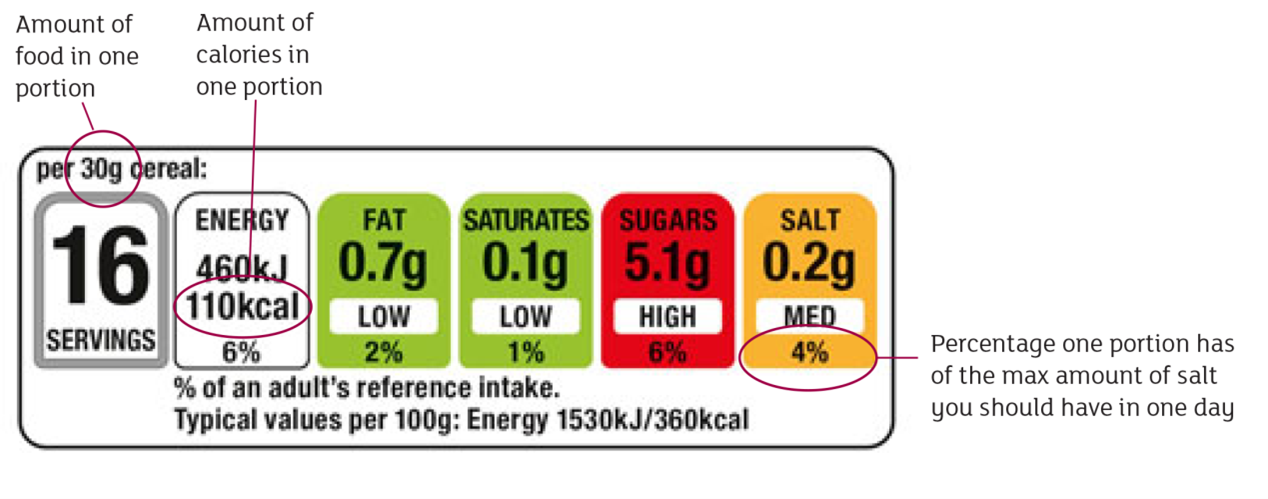
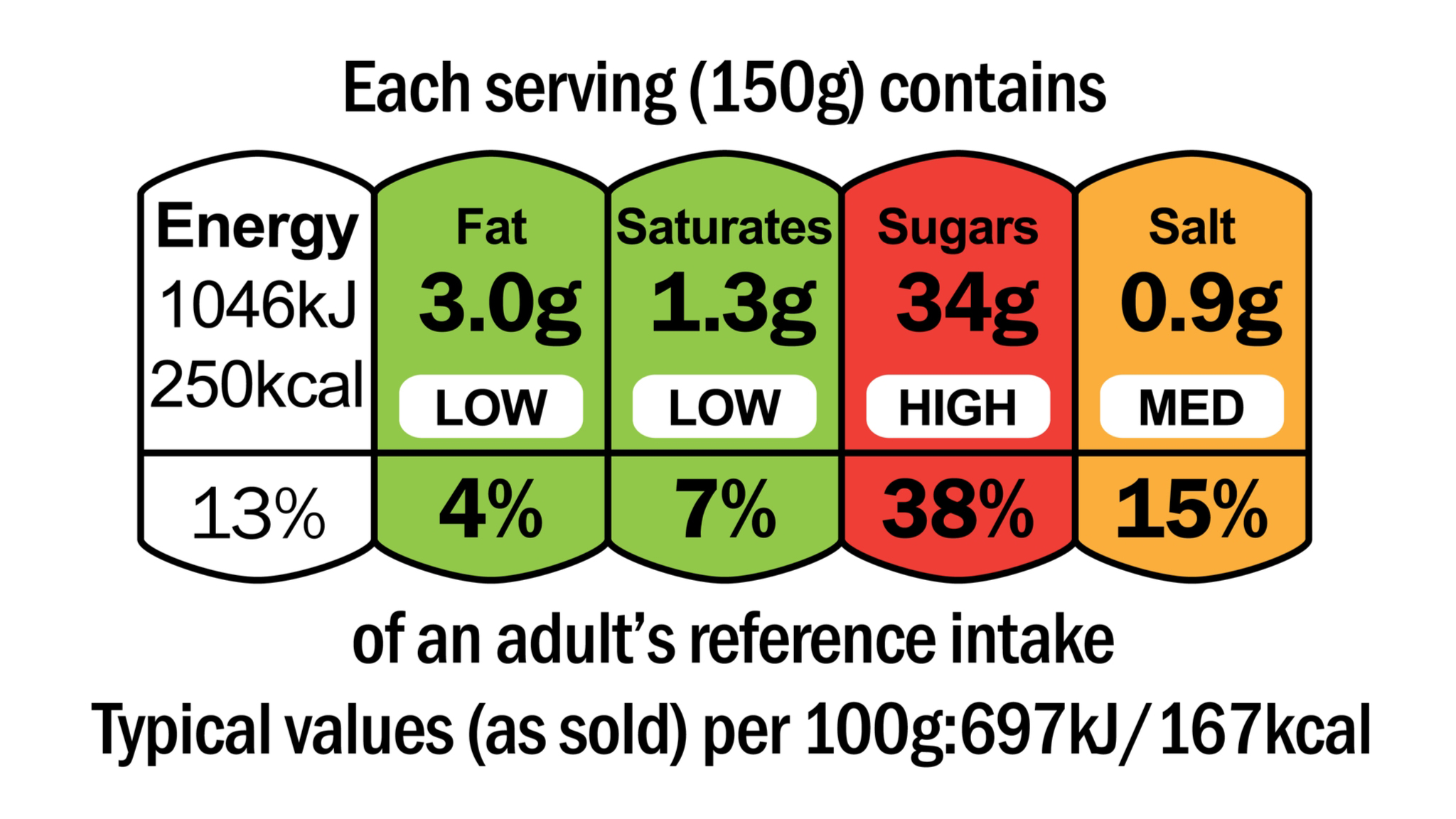
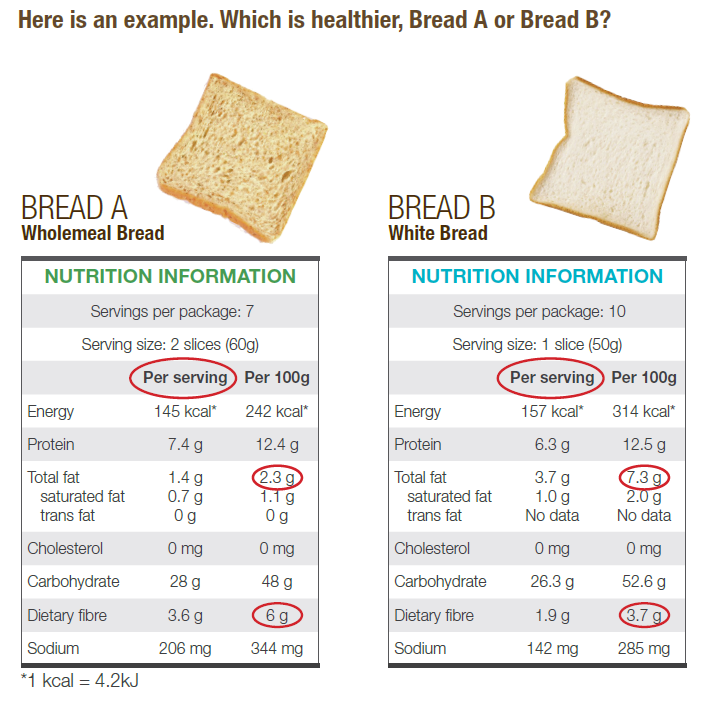
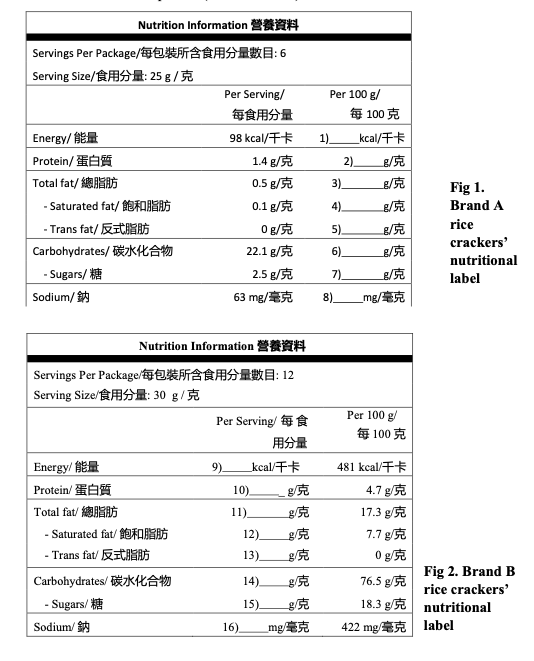

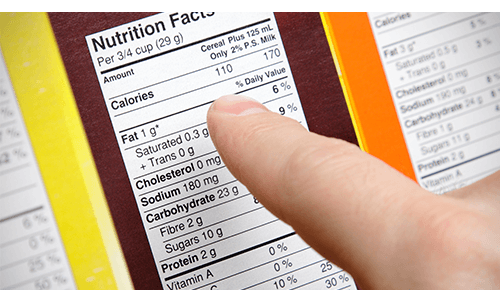

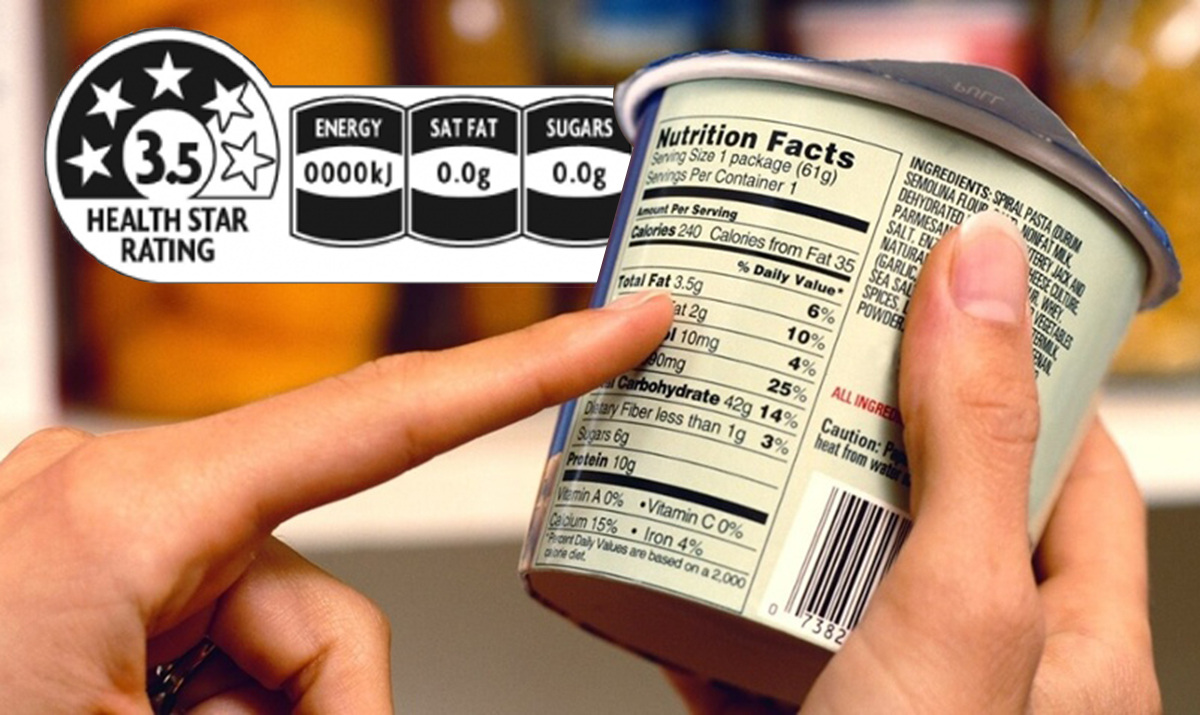






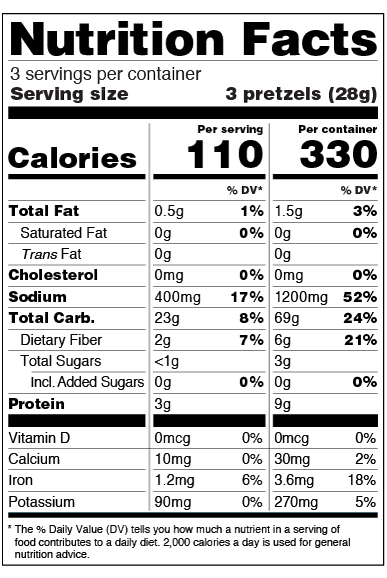
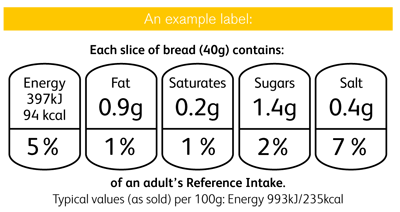
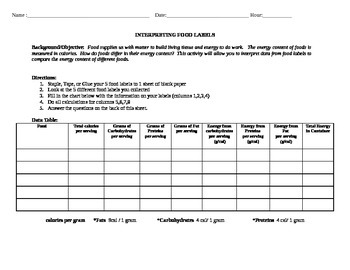
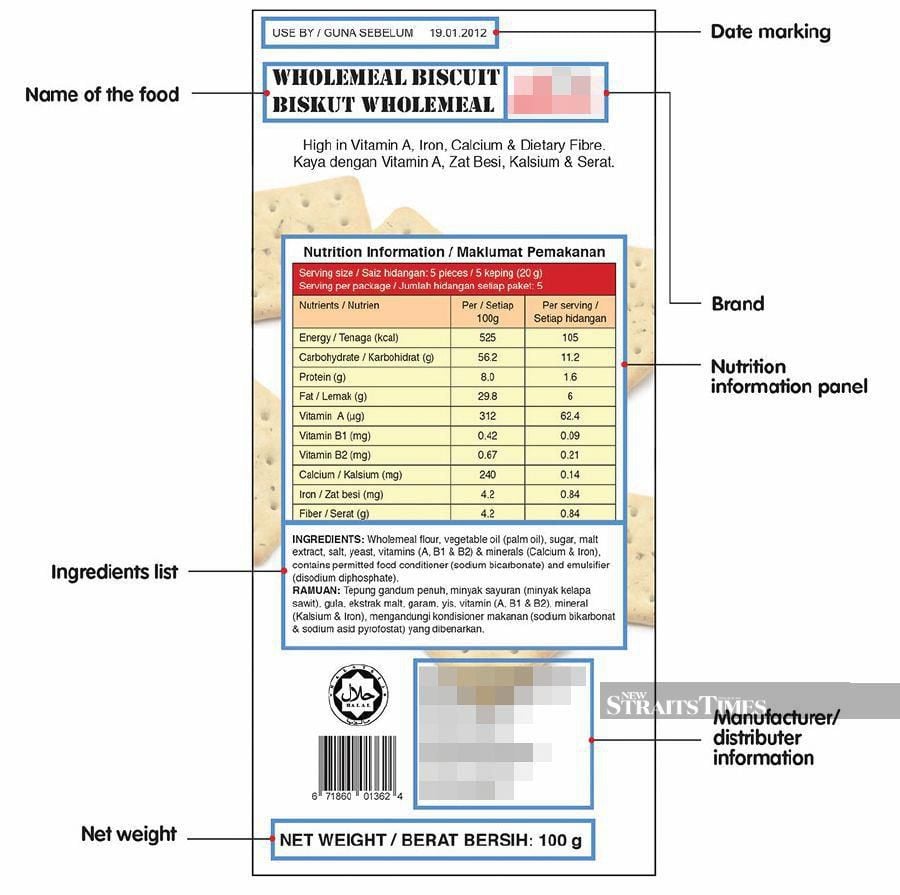



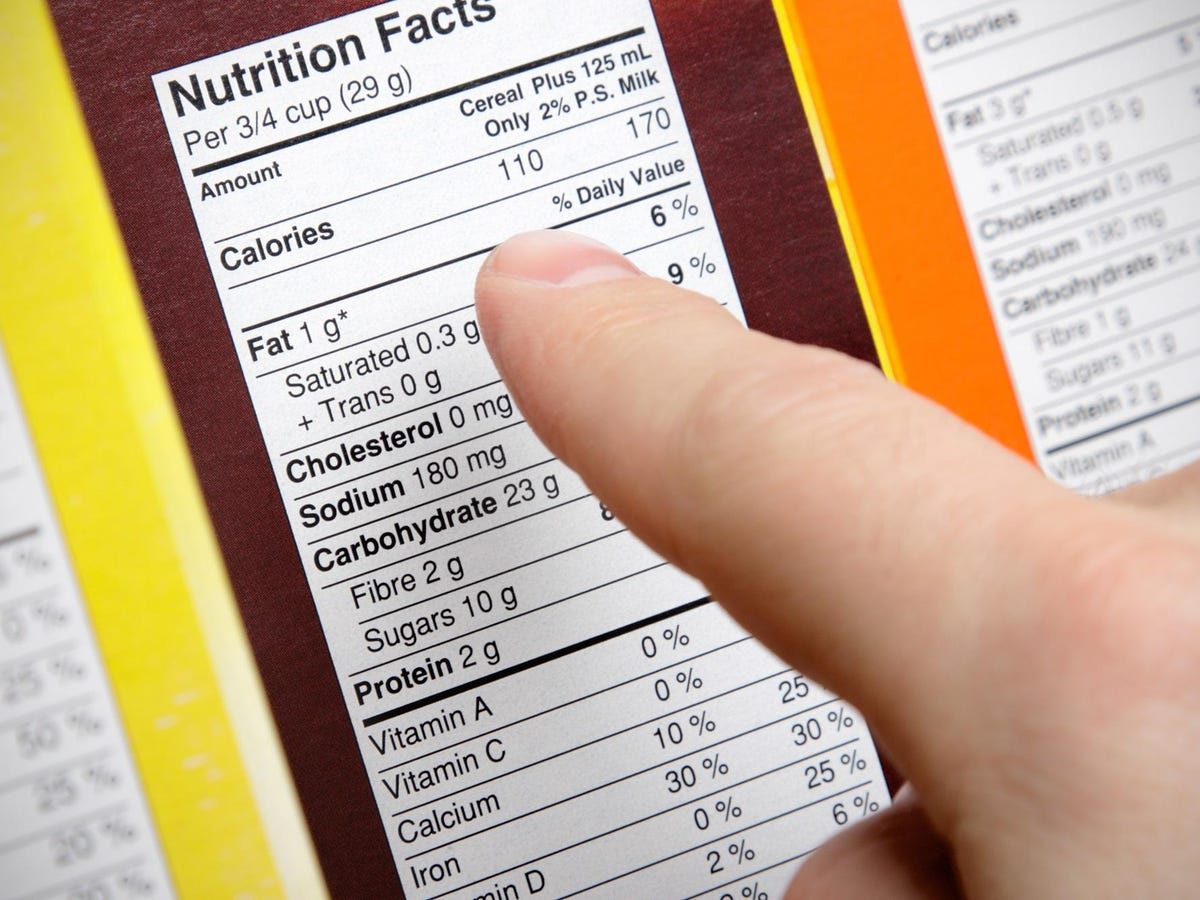

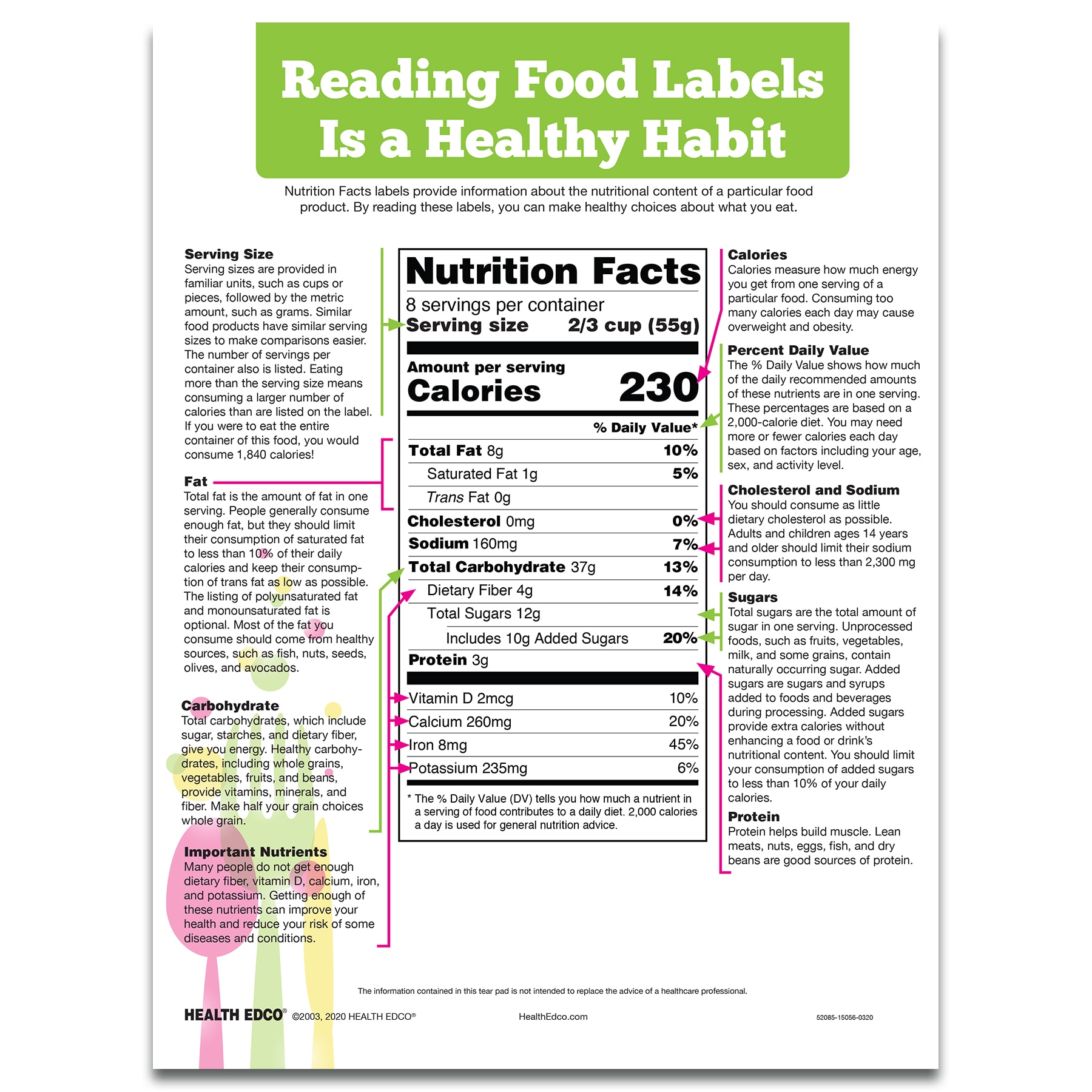
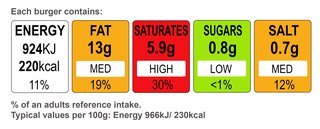
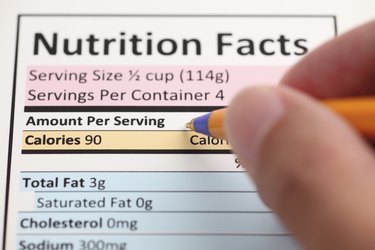
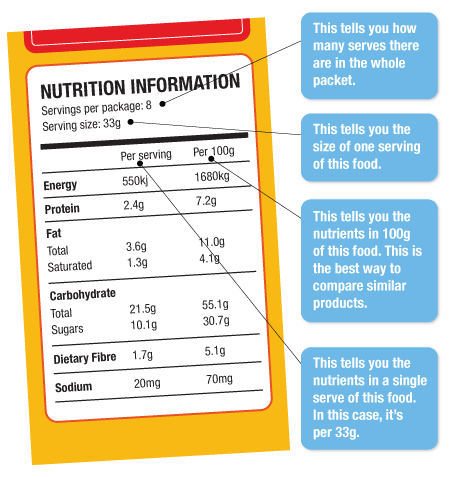
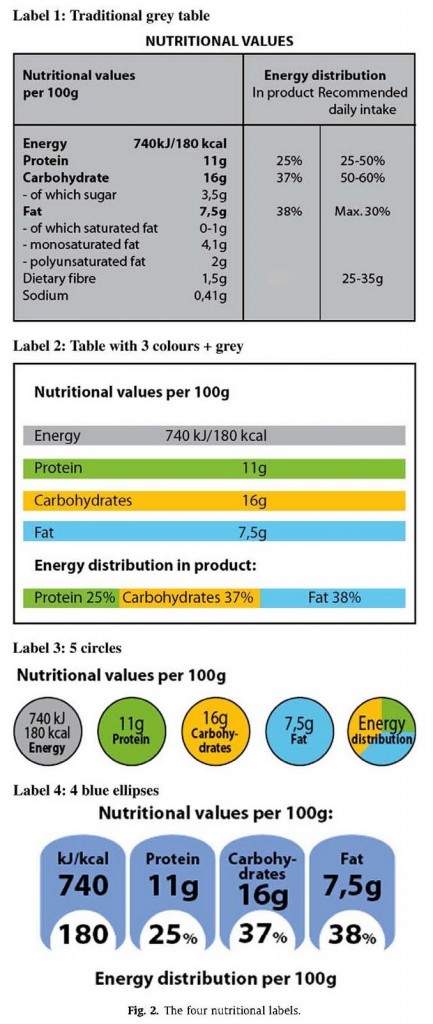
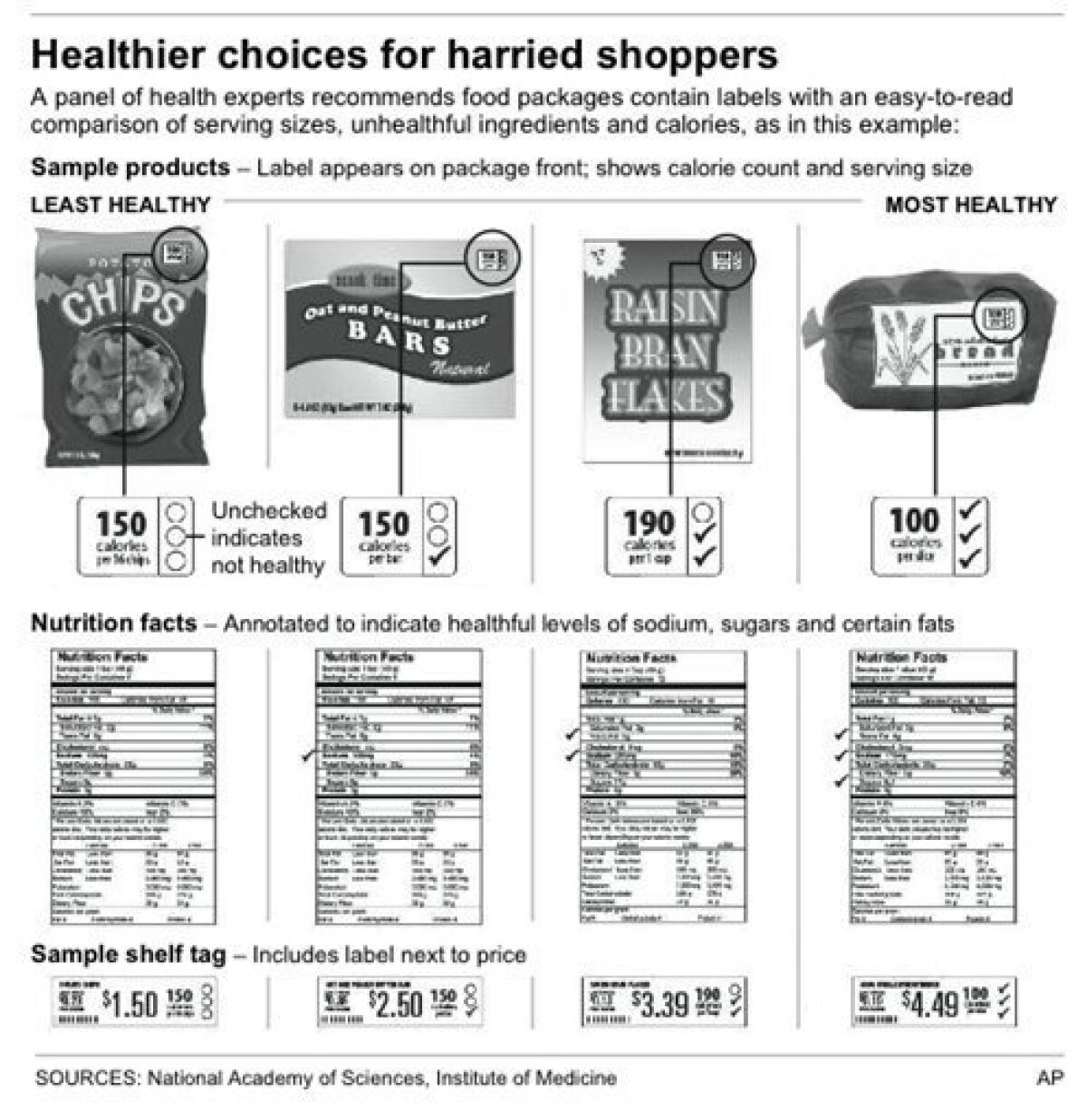
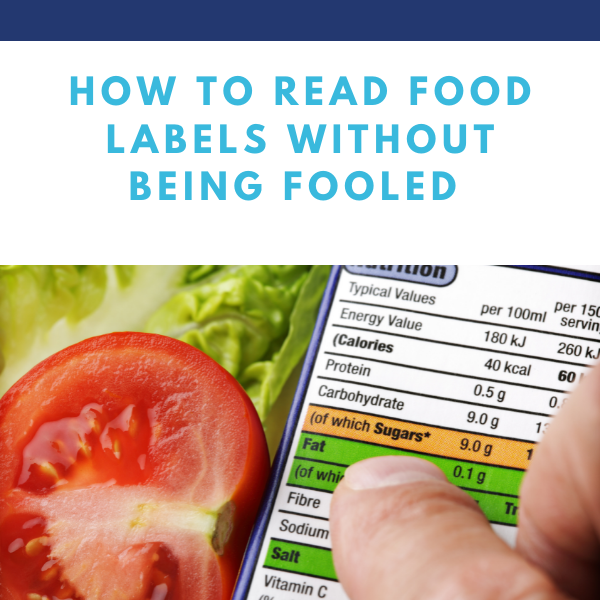
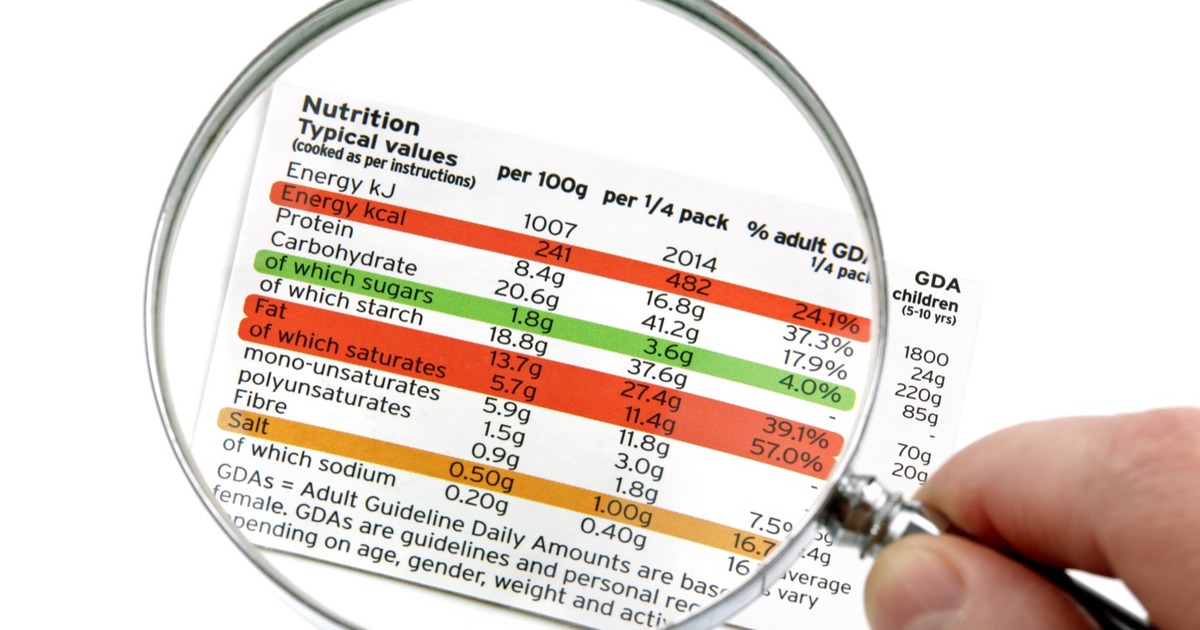




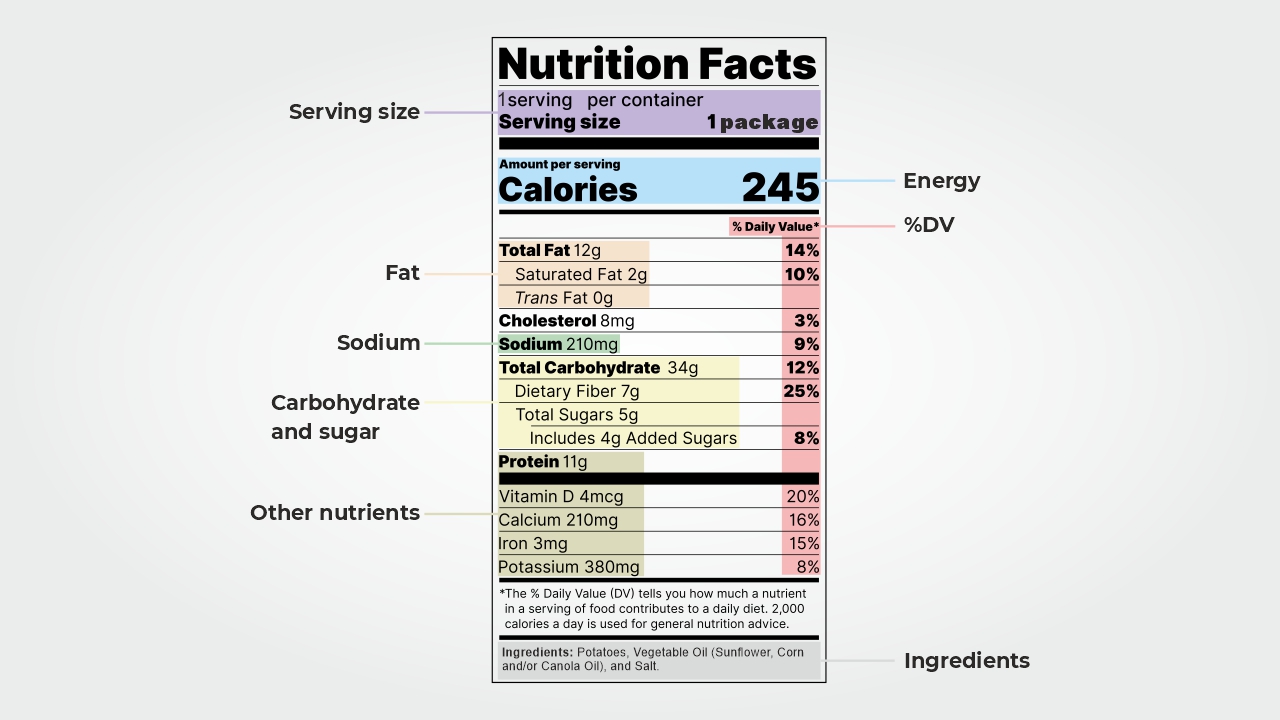
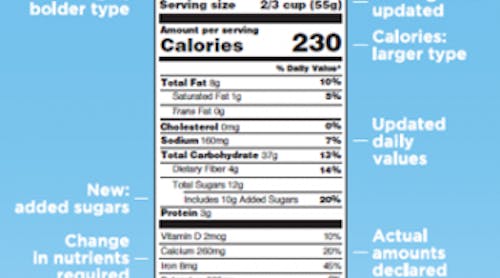



Post a Comment for "43 energy on food labels"